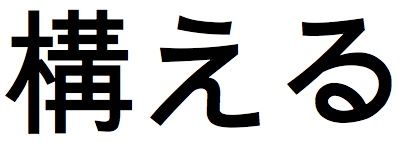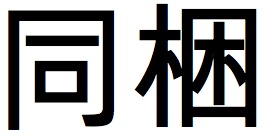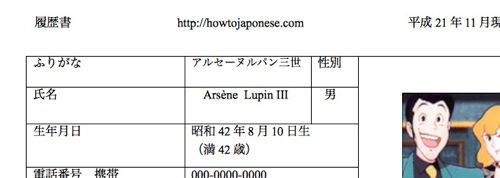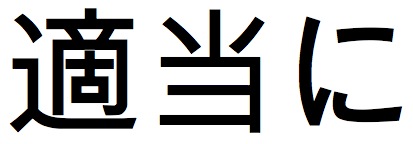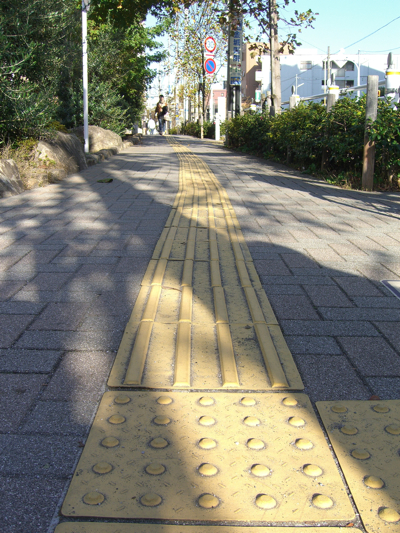I’ve been insanely busy on both the work front and the home front, so I won’t be releasing new posts in December. Instead, I’ll be building up material for 2010 and reposting the videos I’ve put together over the last year with some additional commentary. These will run through Christmas, and then I’ll be entertaining family. Hope everyone is enjoying the holidays!
How to Shinjuku Station from Daniel Morales on Vimeo.
00:01 This opening sequence is great, right?! I’m really happy with how it came out. I took all of the videos on my digicam during my three years on the JET Program. The music is Ketsumeishi’s “人は.” Nice little song. Great lyrics.
The first scene is from Nebuta Matsuri up in Aomori. I highly recommend making the trip. I went on a 日帰り bus tour from Fukushima. We rode the bus all day with the occasional toilet stop, had an hour or two to see the Aomori Museum of Art (highly, highly recommended), watched the parade from 6pm to 9pm, and then got on the bus home. My most vivid memory from the trip? After picking up people in different towns along Highway 4 on the coast, we got on the expressway near Sendai, and all the old dudes busted out the alcohol, including one guy who had shochu in a milk-carton-sized container. I was jealous.
00:04 This is the Nozawa Matsuri in my JET hometown of Nishiaizu. In addition to my official homestay family, I was adopted by a local couple, and they invited me to carry the mikoshi with them. I’ve carried for four consecutive years. Always great fun. I wrote a bit about it last year.
00:08 The Aizu Aki Matsuri, known to local JETs as the “Samurai Festival.” It celebrates the region’s history of stubborn samurai with a parade and various reenactments. It reaffirmed my belief that the Aizu equivalent in the US is the deep, dirty South. Where else do people celebrate a long history of being assholes by dressing up and pretending to fight? I’m just saying…
00:12 Awa Odori in Tokushima City, Japan’s largest dance festival. I was lucky and had friends to stay with back in the summer of ’06. During the day, you’d never know that there are 1.3 million people in the city, but they all come out at night. So. Much. Fun. There are dances all over the city, but the ticketed seating every evening gives the groups a chance to show off in a more organized fashion. The International Association in Tokushima runs a dance troupe that requires no abilities or practice (I don’t think), and you can contact them to participate.
00:32 Music for the actual video is Thelonious Monk’s “Misterioso,” one of my top five Monk songs. My top five list would have to be:
1. I Didn’t Know About You (Take 4), from Straight, No Chaser
2. Misterioso, any version (especially this one which is from The London Collection)
3. Functional, from Thelonious Himself
4. Monk’s Point, from Solo Monk
5. I Love You Sweetheart of All My Dreams (haven’t decided which take I like better of the two on the record…a relatively new addition to the list), from Monk Alone: The Complete Columbia Solo Studio Recordings
Man, that’s a hard list to make. Honorable mentions go to: any version of Straight, No Chaser, Blue Monk from Thelonious Alone in San Francisco, any version of Light Blue, any version of Crepuscule With Nellie, and the whole Brilliant Corners album (which has to be the Jazz equivalent of heavy metal).
00:46 Not sure if anyone noticed, but this whole video is a small ode to Monk’s unique style of dancing – the way he used to spin in circles. This shot spins around, and then cuts to each of the exits, moving counterclockwise around the station. A lot of my video ideas come specifically from hearing the song. I can’t remember if that was the case this time, but I think the song works well here.
02:01 The Tokyo Metropolitan Government Office has to be the best free tourist attraction in Tokyo. There’s nothing like seeing the city from above.
02:47 I couldn’t believe this guy on the bike. I’d walked all the way through the tunnel, and then here’s this ridiculous old guy riding the squeaky-ass brake on his bike as a way to say, “Get out the way because I’m old and annoying!” Slap me if I’m ever an annoying old person.
04:24 Asking for help before you exit is critical in Shinjuku. It really pays to know where you’re heading before you arrive so that you don’t have to use any of these strategies. The other option is to avoid Shinjuku completely – when I first got to Tokyo I did a lot of my shopping there until I realized that I could find basically everything in Shinjuku within a ten minute walk of my apartment. I still go every now and then, but mostly for certain restaurants or bars, not shopping.

